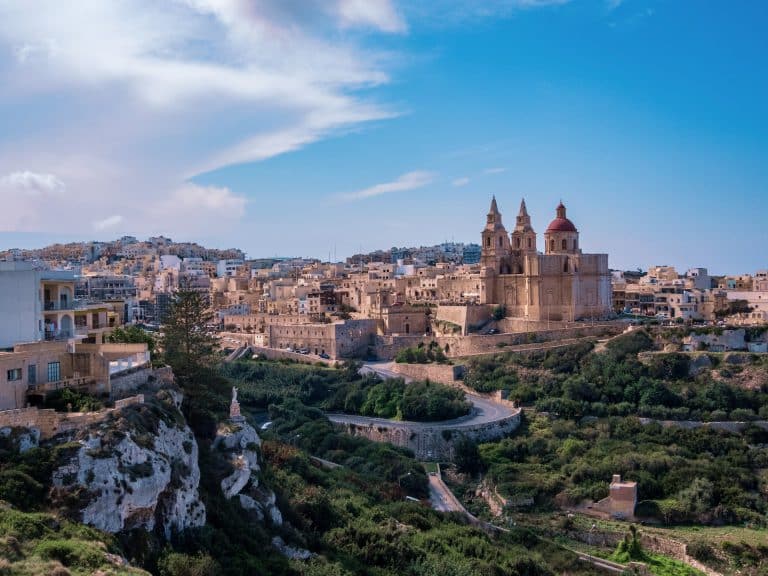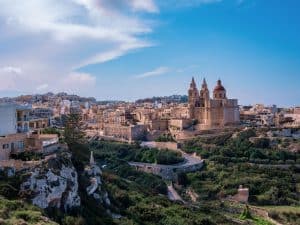Malta is a lovely and intriguing island country steeped in history, culture, and natural beauty. Malta has something for everyone, from its majestic churches to its stunning beaches and crystal-clear waters. Whether you’re a first-time visitor to Malta or a seasoned traveler, there are a few things you should know to make the most of your trip.
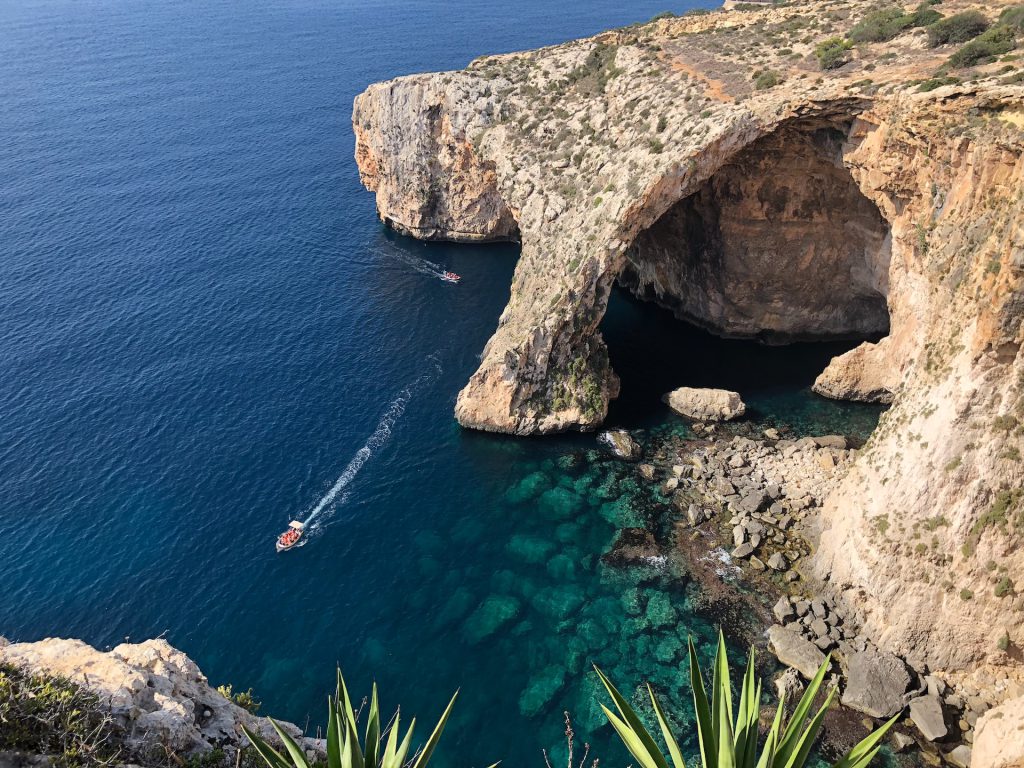
A real-life movie set
Malta boasts distinctive architecture, dramatic terrain, and a magnificent shoreline, and it is relatively unknown. Malta’s distinctive features make it the ideal stand-in for other modern, historical, and imaginative settings.
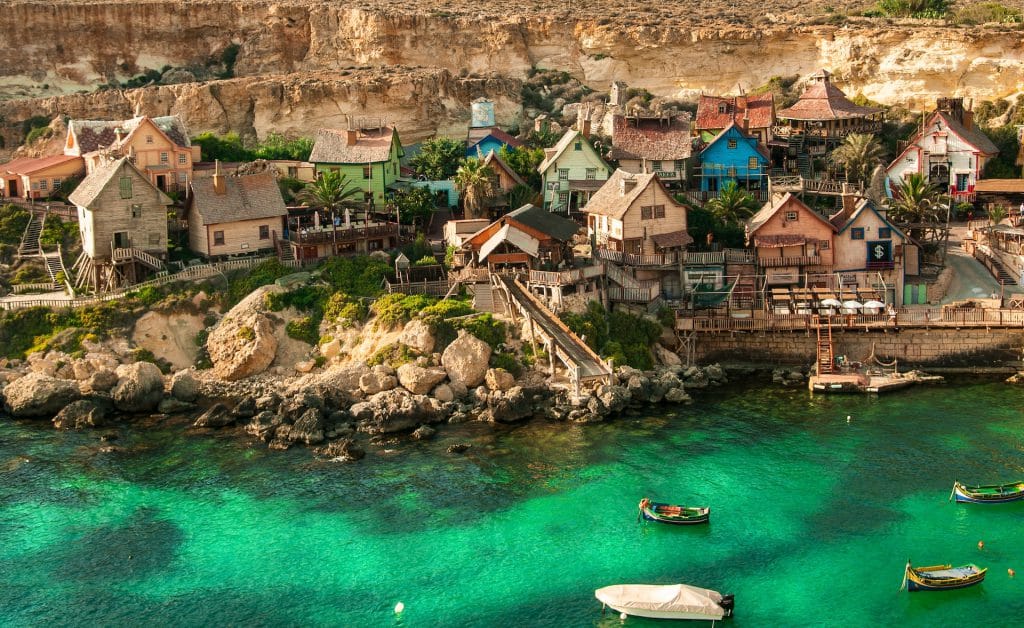
Malta has appeared in films such as Gladiator and Troy as ancient Greece, Rome, and Egypt. It has also served as the setting for the Red Keep and other scenes in Game of Thrones. On Malta’s north end, the set of the Robin Williams film Popeye has even been turned into a permanent theme park. A few minutes driving around the island demonstrates why so many film studios decided this was the place to be.
Malta is a small country
Malta is one of the world’s smallest countries, and it’s not on many people’s radars. Malta is located in the center of the Mediterranean Sea. Sicily is 50 miles south, Tunisia is 176 miles east, and Libya is 207 miles north. That is, it is relatively close to both Western Europe and North Africa.
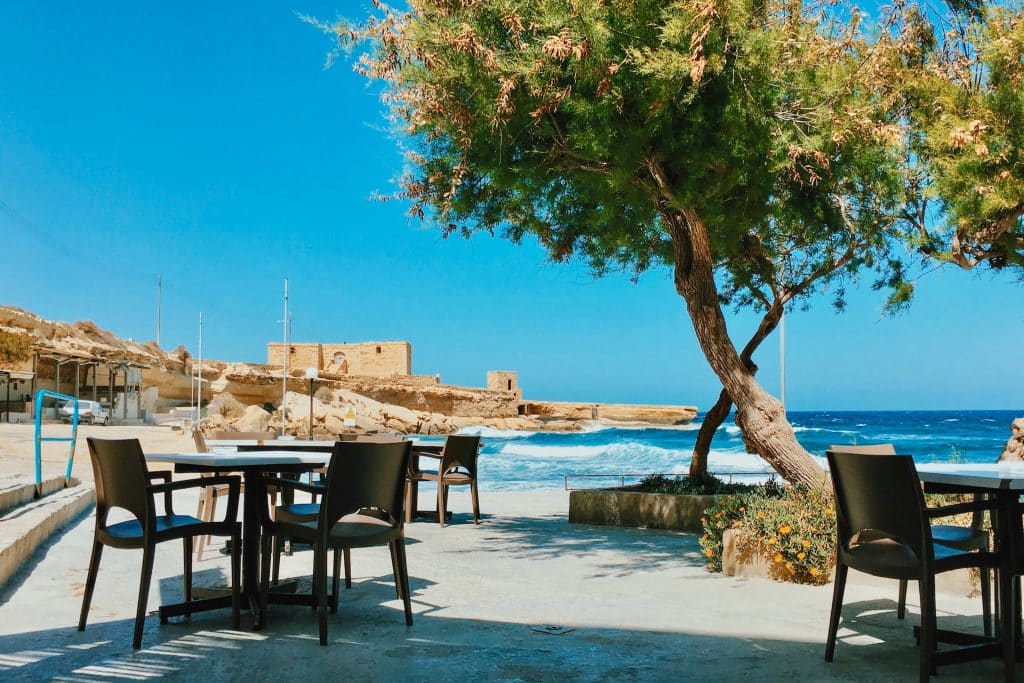
Another fact about Malta is that it is an archipelago—a network of seven islands. Malta, the major island, has a population of roughly 400,000 people. Gozo has a population of around 35,000 people, while Comino has a population of only three individuals. The remaining four islands are uninhabited. The islands are only 122 square miles in total, approximately 10% the size of Rhode Island.
British Influence on Malta
The Brits had a considerable influence on Malta for more than 160 years. Malta became a British protectorate in 1800 and remained so until its independence in 1964. The British made considerable modifications to the island’s infrastructure, economy, and social structure during this time. They established English as the official language of Malta, which is still widely spoken today, and improved the educational system. The British also expanded the island’s ports and built a naval facility in Grand Harbor, which was critical during World War II. The British influence on Malta is obvious in its architecture, particularly in Valletta, the capital city, which was created in the 16th century by British architect Francesco Laparelli. The British also influenced Malta’s traditions, such as the afternoon tea ritual, which is still practiced on the island. Malta’s bond with Britain is still strong today, and many Maltese people have British ancestors.
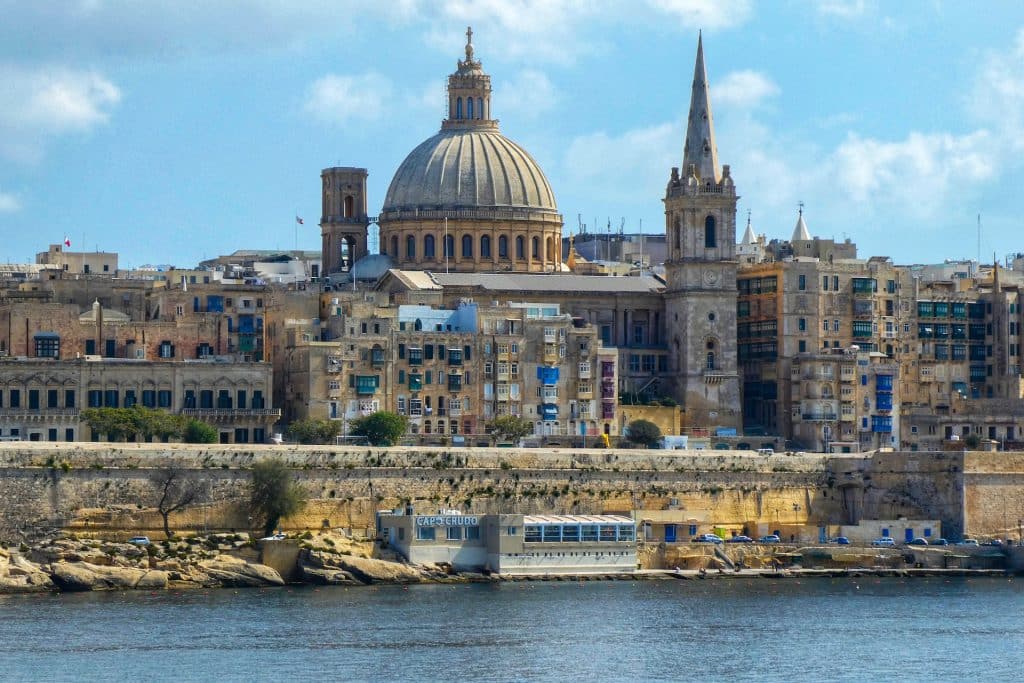
There are a lot of people crammed into a little space
Malta is one of the world’s most densely inhabited countries, and the number of tourists is increasing year after year.
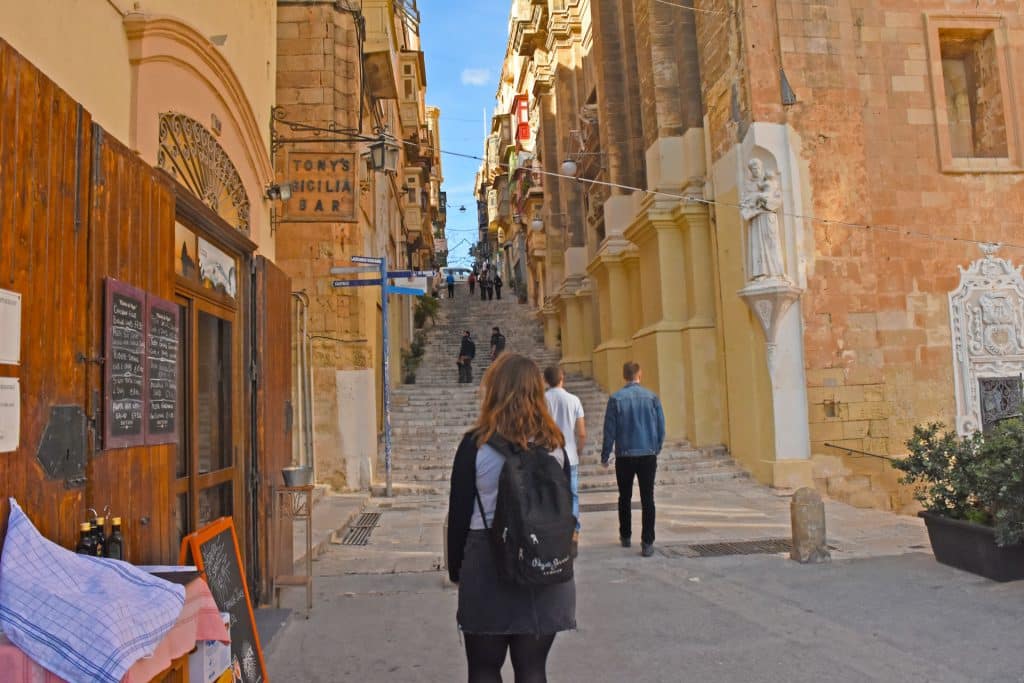
Traffic congestion in Malta, particularly in Valletta, are no laughing matter, so keep that in mind whenever you’re attempting to get someplace at a specific time (like the ferry to Gozo). Using the bus isn’t any easier because when the buses are full, they skip certain stations and another one may not arrive for 20-30 minutes. Moving about is doable, but requires some organization and flexibility.
A country with rich ancient history
Malta has a long history dating back to prehistoric times. The Neolithic people arrived circa 5000 BC and were the island’s initial residents. They left spectacular stone temples, such as the UNESCO World Heritage Sites of aar Qim and Mnajdra, which are among the world’s oldest freestanding stone constructions. Malta was also influenced by the Phoenicians, Carthaginians, and Romans. In the ninth century, the Arabs invaded the islands, followed by the Normans, who brought the Catholic faith to Malta. The Great Siege of Malta in 1565, when the Knights of St. John, aided by the Maltese people, successfully defended the island against the Ottoman Empire, was the most significant event in Malta’s ancient history. Malta’s rich history is seen today in its numerous archaeological sites, museums, and historical landmarks.
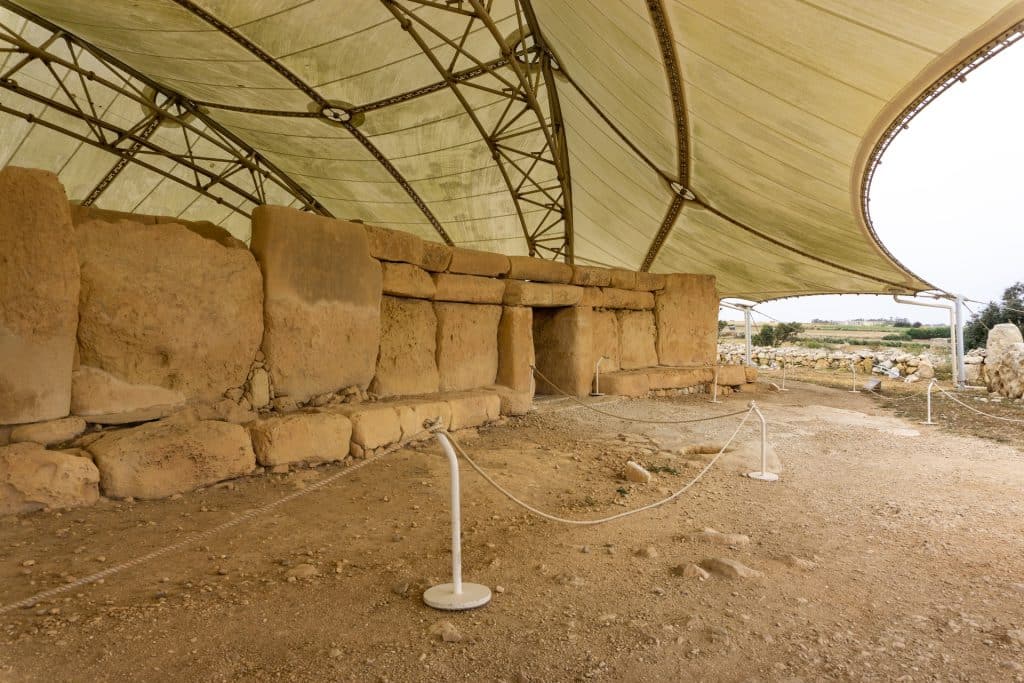
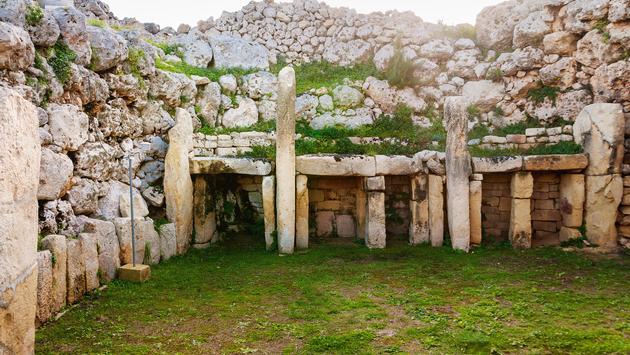
The Food Culture
Malta has a distinct cuisine culture that is inspired by its history and geography. Pastizzi, a savory pastry filled with ricotta cheese or mushy peas, is one of the most popular local cuisines. Pastizzi are a mainstay of Maltese street food and can be found in practically every corner of the island. Rabbit stew, bejniet, and lampuki are among typical Maltese foods. Mediterranean flavors are also heavily influenced in Maltese cuisine, with a focus on fresh seafood, pasta dishes, and grilled meats. Maltese people have a sweet craving, as seen by classic delicacies like kannoli (cannoli), imqaret (date pastries), and qagaq tal-gasel (honey rings). Eating is important in Maltese culture, as it is a time for family and friends to meet and socialize. There are also several traditional bakeries, wine cellars, and farmhouses on the island where visitors can sample the finest of Maltese cuisine and hospitality.
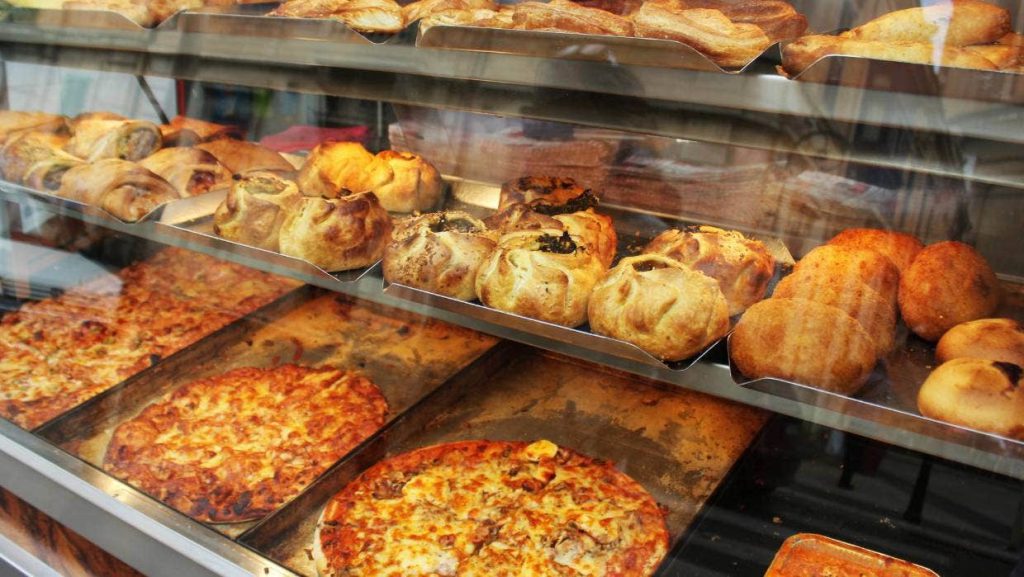
The Churches
Malta is well-known for its spectacular church collection, which reflects the island’s lengthy history and religious traditions. The majority of churches in Malta are Roman Catholic, reflecting the island’s prevalent religion. The most well-known of these is St. John’s Co-Cathedral in Valletta, Malta’s capital city. The cathedral, which was built in the 16th century, is considered one of Europe’s greatest examples of Baroque architecture and holds pieces of art by renowned artists such as Caravaggio. The Mosta Dome, located in the town of Mosta, is another renowned church. The church is famous for its huge dome, which is one of the world’s largest unsupported domes. During World War II, a bomb pierced the dome but did not explode, saving the lives of nearly 300 people who were attending mass at the time. Malta’s churches are not just places of worship, but also cultural and historical landmarks that draw visitors from all over the world.
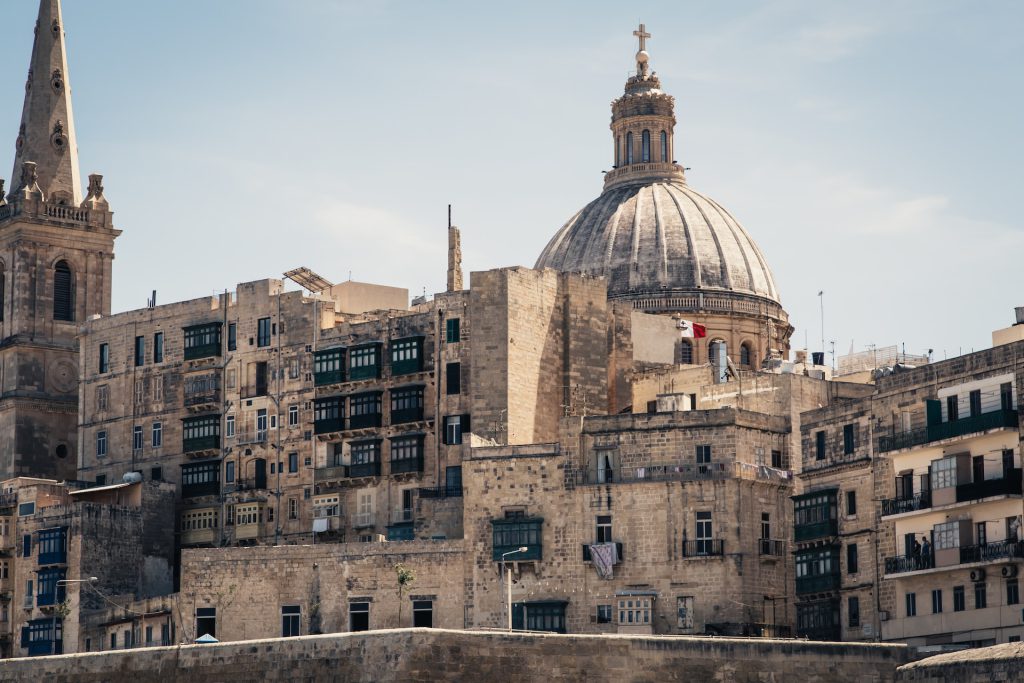
Balconies, everywhere.
The balconies are an iconic part of the island’s architecture, and they may be found across the country. Balconies were originally created to give additional living space in densely populated metropolitan areas, as well as to shield residents from the sun and rain. They are usually made of wrought iron or wood and have complex designs and patterns on them. Several balconies are also decked with beautiful flowers, adding to the houses’ attractiveness. Balconies in Malta are not only functional, but also represent the country’s rich cultural past. They have become a distinctive element of the Maltese streets cape, with many structures conserved for historical and architectural value. Today, the balconies are an important part of Maltese identity, appearing on postcards, souvenirs, and other depictions of the island.
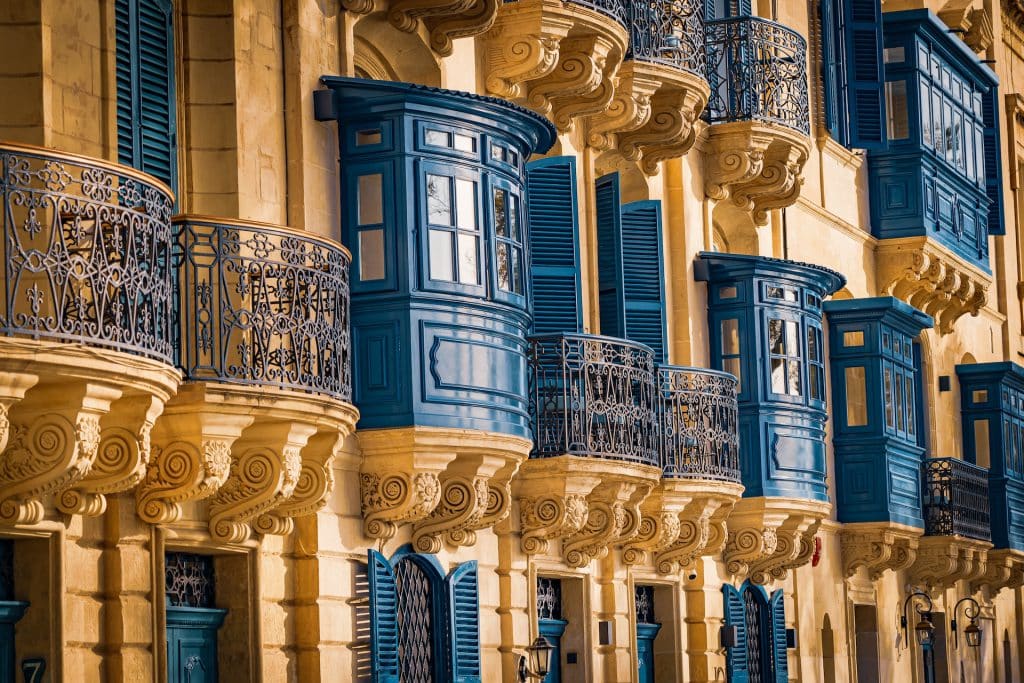
With these essential insights in mind, you are now ready to embark on your journey to Malta, poised to embrace the island’s captivating beauty, history, and culture with a newfound sense of wonder and appreciation.
Leave your COMMENTS below and we’ll surely get back to you!
